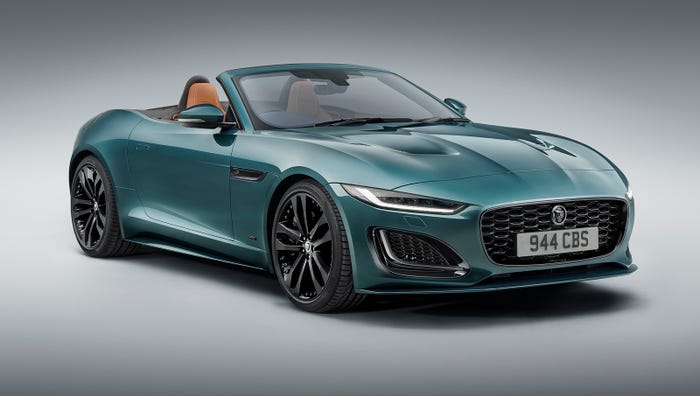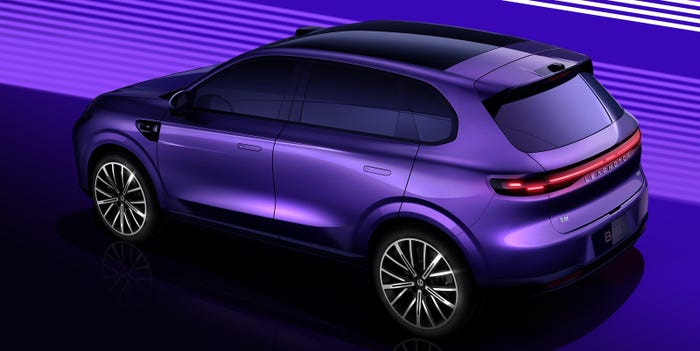Cheap No Longer Defines Small-Car Interiors
WHEN DESIGNING INEXPENSIVE CARS for the fast-growing Indian and Chinese automotive markets, certain words are verboten at Visteon. Once the suppler decided to emphasize those markets a few years ago, the first thing we did was ban the term low cost, says Tim Yerdon, Visteon's global director-innovation and design. Staffers caught uttering those words had to put money in a jar. Visteon has become a

WHEN DESIGNING INEXPENSIVE CARS for the fast-growing Indian and Chinese automotive markets, certain words are verboten at Visteon.
Once the suppler decided to emphasize those markets a few years ago, “the first thing we did was ban the term ‘low cost,’” says Tim Yerdon, Visteon's global director-innovation and design. Staffers caught uttering those words “had to put money in a jar.”
Visteon has become a player in developing low-cost vehicles for emerging markets. It is part of an automotive trend in which “cheap” no longer is synonymous with small cars, even basic ones.
“You can't exclude certain technologies,” Yerdon says of today's small vehicles, no matter how down-market they are.
Visteon supplies interior components for a Maruti Suzuki demonstration vehicle proposed for India. While the subcompact is plain by U.S. standards, its features include connectivity, convertible storage space, accentuated trims and a 12V rear fan to circulate air in the backseat area.
The simple yet innovative car targets a developing country of 1.2 billion people, many of whom now earn or will soon earn enough money to buy first cars.
Auto production would explode if the Chinese and Indian markets reach North American, Japanese and European car ownership levels. The number of cars per 1,000 people is 458 in the U.S., 490 in Japan and 499 in Germany but only 16 in India and 42 in China.
Thinner, lighter seats are part of the small-car trend, says Amit Kulkarni, innovation manager for French auto supplier Faurecia.
New composite seats his firm developed are “sympathetic to the human form,” he says. “You sit on it, not in it. We've taken the off-set of the human back and designed the seat for that.”
The seats with a plastic composite backrests and edgings are 1-in. (2.2 cm) thinner and 17% lighter than conventional car seats with a steel-back frame.
Scott Strong, Ford's global director-interior design, touts the new Fiesta B-car as a small car that is “full of content you would expect in a luxury car.” He bought one for his wife, liked it so much himself that he ended up “stealing it from her.”
In describing the roots of the less-is-more movement seen in today's auto industry, Strong quotes Leonardo DiVinci, cites minimalist architect Ludwig Mies von der Rohe and reads a passage from 19th-century poet Robert Browning.
Browning apparently coined “less is more” in a poem referring to a female model's state of dress, Strong says.
For complete conference coverage, go to AutoInteriors.com
Read more about:
2011About the Author
You May Also Like





